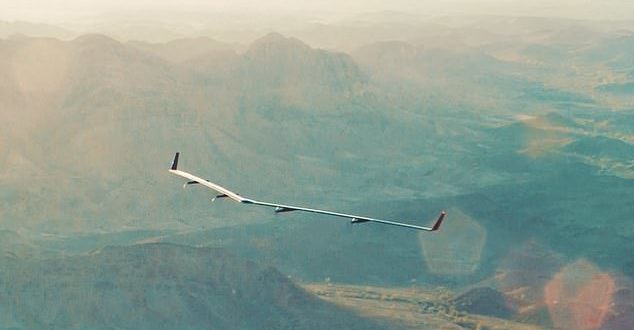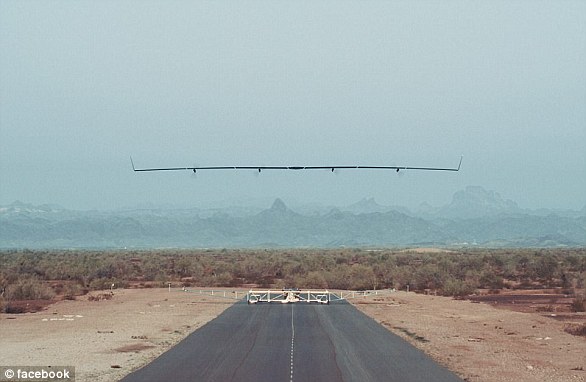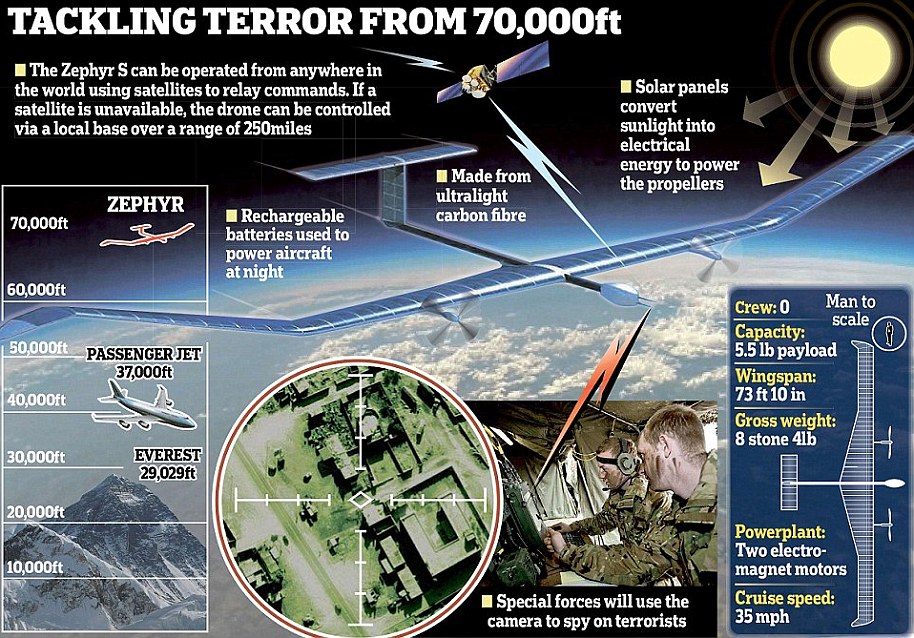Facebook resurrects plan to beam high-speed internet from the sky in new deal with Airbus to test solar-powered drones in Australia
- Facebook reportedly tested Airbus’ Zephyr S drone in November and December
- Neither Facebook nor Airbus has confirmed the details of the tests in Australia
- Facebook grounded its high-speed drone program, called Aquila, last year after it underwent ‘significant internal tumroil,’ despite several successful tests
- Aquila was part of Facebook’s plans to provide internet connection worldwide
Facebook may not have abandoned its program for high-speed internet drones after all.
The social media giant is now working with Airbus to test drones in Australia, according to NetzPolitik.
Last year, Facebook grounded its so-called Aquila project following ‘significant internal turmoil’ at the company, but said it would continue to pursue partnerships with firms like Airbus.
Scroll down for video
Facebook grounded its so-called Aquila project following ‘significant’ internal turmoil last year. But now it’s reportedly working aerospace giant Airbus to test drones in Australia
Now, a document obtained by NetzPolitik using a Freedom of Information Act request, has detailed Facebook’s plans to continue testing drones.
Facebook and Airbus planned to conduct tests at Wyndham Airfield in Western Australia last November and December, using Airbus’ pioneering solar-powered ‘Zephyr’ drone.
However, NetzPolitik said it’s unclear if the tests ultimately took place.
Like drones developed under Aquila, Zephyr is also a High Altitude Pseudo-Satellite (HAPS).
It can fly as high as 70,000ft in the air, which is twice the altitude of a commercial airplane, and relies on solar power, so that it can fly for almost a month at a time.
Facebook reportedly chose to work with Airbus’ Zephyr S model, which ‘has a wingspan of 25m’ and weighs less than 165lbs, according to Airbus’ website.
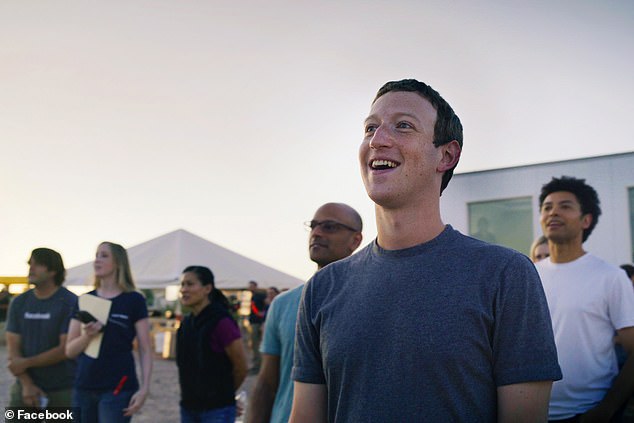
A document obtained by NetzPolitik showed the company is working with Airbus to test drones in Australia, selecting its ‘Zephyr S’ model which has a wingspan of 25m. Pictured is Facebook CEO Mark Zuckerberg at the Aquila craft’s first test flight in 2016
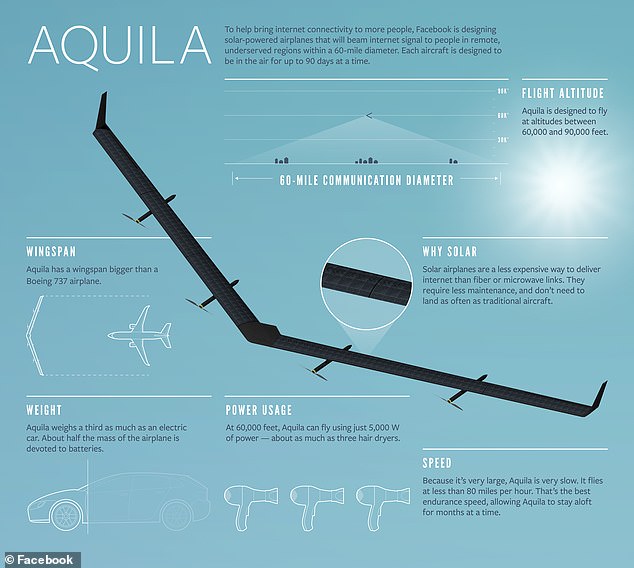
Project Aquila was once a big part of Facebook’s plans to provide internet connectivity to people worldwide. It aimed to build a fleet of high-altitude, solar-powered drones that had the wingspan of a Boeing 737 and weighed the same as a family car
The tests in Australia were meant to see if the Zephyr S could carry a payload from Facebook.
Neither company provided information on the details of the tests.
‘We continue to work with partners on High Altitude Platform System connectivity,’ a Facebook spokesperson told NetzPolitik.
‘We don’t have further details to share at this time.’
Project Aquila was once a big part of Facebook’s plans to provide internet connectivity to people worldwide.
It aimed to build a fleet of high-altitude, solar-powered drones that had the wingspan of a Boeing 737 and weighed the same as a family car.
The autonomous drones, flying at 65,000ft (19,800 metres), would be capable of staying in the air for months at a time, providing internet to suburban areas that lacked the cables or infrastructure to carry the right signals.
But Facebook ran up against several major problems during development, including quandaries over how to safely land the vehicle, which lacked wheels or landing gear.
Aquila still managed to complete two successful tests of its prototype drones during its lifespan.
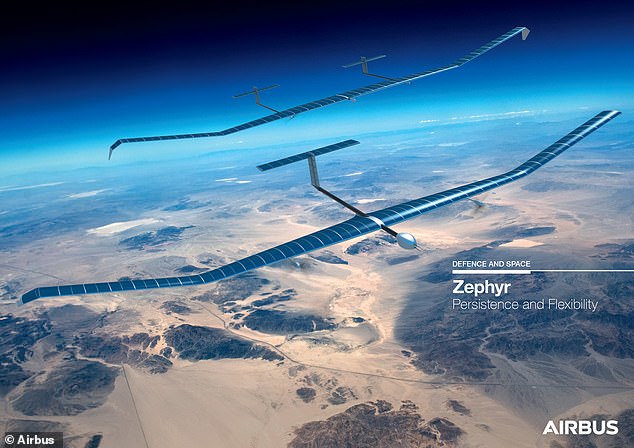
Last August, Airbus’ Zephyr S managed to set a world record in its maiden voyage. The Zephyr S was able to stay 70,000 feet in the air for 25 days, 23 hours and seven minutes, setting a record for the longest continuous flight in Earth’s atmosphere
Last August, Airbus’ Zephyr S managed to set a world record in its maiden voyage.
The Zephyr S was able to stay 70,000 feet in the air for 25 days, 23 hours and seven minutes, setting a record for the longest continuous flight in Earth’s atmosphere.
Aside from national security uses, the drones will also be used for maritime surveillance, border patrol missions and forest fire detection, according to the AFP.
Advertisement
 Unmanned Aerial Vehicle The latest drone news
Unmanned Aerial Vehicle The latest drone news
